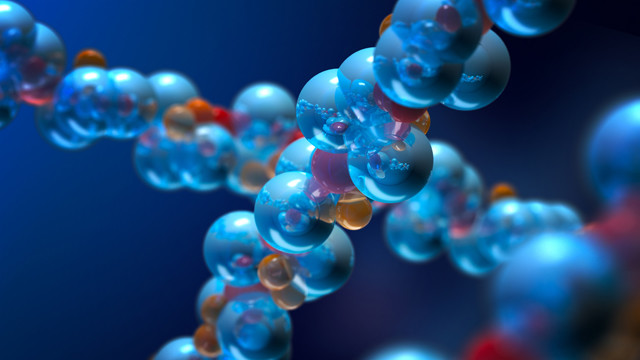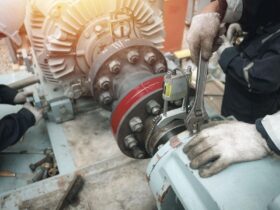With an estimated 20 percent of individuals developing varicose veins at some period in their lifetime, there is a rising interest in treatment methods.
While sclerotherapy is a common in-office procedure, many healthcare professionals will recommend some at-home varicose vein treatment options to help avoid surgery or supplement the results.
Check out these all-natural courses of action you can take at home to alleviate varicose vein symptoms.
Wear Compression Stockings
These stockings aren’t just for frequent airline travelers anymore, as anyone with spider or varicose veins is likely to find compression socks useful for symptom relief.
These can be found at most pharmacies, and benefit wearers by helping move blood through the heart through pressure. This same pressure often helps reduce pain and swelling associated with varicose veins.
Massage Affected Areas
A gentle massage can go a long way in helping promote blood flow and helping relieve pain, swelling and discomfort due to varicose veins. For even greater benefits, many use an oil-based carrier oil with certain essential oils added.
Lavender and peppermint combined are excellent for mild pain relief, while solutions containing frankincense can be called upon for more serious pain. Frankincense is also a proven immunity booster, which can assist with swelling.
Dietary Adjustments
Studies have shown that a high fiber diet can help prevent many of the telltale visible signs of spider veins, as it will stave off constipation that can irritate the damaged blood vessels and worsen them.
Second, research also shows that high potassium foods that reduce water retention can help have similar effects. Excellent foods for potassium intake include beans, potatoes, leafy vegetables, pistachios and almonds.
Certainly, sclerotherapy is a good option for many cases, but these at-home varicose vein treatment options might also provide a good bit of relief.









